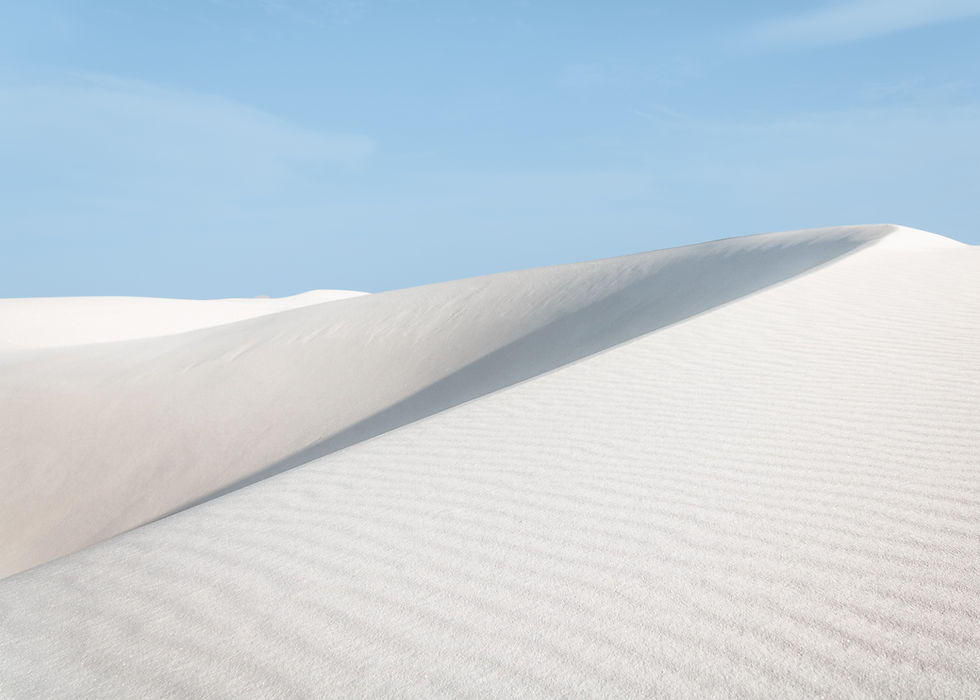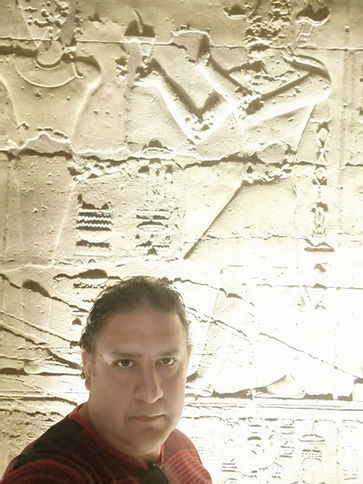Luxor with Egypt Tour Guide Muhamed Amien
Are you planning to visit Luxor? And you want to get the most beautiful Luxor tours in Luxor Temples, Do you want to enjoy the weather and to see Luxor Temples and stay in Luxor Nile Cruise hotels that sail between the banks of the Nile River and live the ancient Pharaonic history as the ancient Egyptians lived it, most travelers to Luxor prefer to get a package of tourist offers and learn about the best tourist offers and the best Luxor hotels. Among the most popular hotels in Luxor are famous hotels such as Sheraton Universal Hotel. Easily Book your Hotel in Luxor. Know the best Luxor reservation costs.
It is preferable to have a private Egyptian tourist guide in Luxor to provide you with all the required information about hotels and tourist attractions. I will explain here the most important attractions in Luxor and Luxor Temples as a qualified tourist guide to provide comfort to customers so that they can enjoy your tours to Luxor and have an unforgettable tours and enjoy the unique atmosphere, especially in winter with the picturesque views of the Nile and see ancient Egyptian history and experience the feeling of the ancient Egyptians, and learn closely about their way of life ,meet the most famous kings and queens of the 18th dynasty ,met king Ahmose I, Amenhotep I,, Thutmose I, Hatshepsut, Akhenaten, Nefertiti and Tutankhamun and celebrations and ancient Pharaonic festivals and Pharaonic temples in Luxor.
Don't miss out on this unique experience and contact me to learn more information and get the best offers on Luxor and Aswan trips, the Nile cruise, visits to the most important tourist attractions and Luxor temples, and explanations of the tourist tours with the tour guide Mohamed Amin.
Luxor with tour guide Muhamed Amien
Some Information about Luxor
Luxor is situated in southern Egypt, known as Upper Egypt, and serves as the capital of the Al Uqsur governorate. The modern city stands on the site of the ancient settlement known as Thebes. The city stretches along both sides of the Nile River, dividing it into the West Bank and the East Bank. This majestic river valley acts as a gateway to the vast Egyptian desert region and facilitates easy access to other important cities in Egypt, influencing life in Luxor in various ways.
The name Luxor comes from the Arabic word for "palaces". It began to gain importance around 3000 BCE, and eventually became Ancient Egypt's political, military and religious capital for a period of over 1500 years.
Luxor is a city located in southern Egypt, on the east bank of the Nile River. It is known for its rich history and cultural heritage, as the ancient city of Thebes, one of the most important cities of ancient Egypt.
The climate in Luxor is typically hot and dry from March to November, which is considered summer. In the north, December to February can be quite cold. The sky is often clear and blue without clouds
The climate in Luxor is typically hot and dry from March to November, which is considered summer. In the north, December to February can be quite cold. The sky is often clear and blue without clouds
Luxor Sightseeing and Archaeological Areas
A) The East Bank Monuments
Luxor temple
Luxor Temple is dedicated to Amun, Mut, and Khonsu. It was initially planned by the eighteenth-dynasty pharaoh Amenhotep III. Later, Ramesses II constructed the great double colonnaded court in front of the original structure and erected the Pylon gateway. The artwork within the temple, created during the middle of the eighteenth dynasty, is regarded as some of the finest in Egypt. Due to the temple's buried walls, the carvings have been well preserved over time.
It was Founded aroud 1400 B.C., the Luxor Temple, dating from the time of Amenhotep Ill and Ramses Il. It was dedicated to the god Amun Ra and his wife Mut.
The most important places inside the temple :(Outer courtyard,The pylons, Great Court of Ramesses II, Mosque of Abu Al Haggag, Court of Amenhotep III, Hypostyle Hall, Portico of Thutmosis III,The Sanctuary )

Karnak Temples
The Karnak Temples have stood for over 4,000 years, it is a huge complex comprising of three main temples and many smaller ones, most famous and the biggest among them is the Temple of Amun.
It includes also ( The Great court, The great Hypostyle hall,
- The temple of Khonsu:It is located in the southwest corner of the precinct of Amun in Luxor. Thus it was Ramesses III who makes claim to the construction of this temple. Dedicated to the moon-god Khonsu, the son of Amun and Mut.
The Temple of Btah
The Temple of Btah was built by Thutmose III. The temple consists of three interconnecting sanctuaries that are, together with Ptah, consecrated to his Memphite triad, which also included Sekhmet and Nefertum.
The Open-Air Museum:
Museum of Ancient Egyptian Art is set in an underground hall on the Nile, next to the national ferry on the east bank. The mummification museum was inaugurated in Luxor in May 1997. This specialized collection which complements that of the Egyptian museum of Cairo with. its enormous number of mummies.
One of the most important displays in the Mummification Museum is the mummy of Masaharta, the son of King Panedjem, from the 21° Dynasty. He was a high priest of Amun and an army general during that dynasty. The funerary boat is another very important cultural display in the museum. These were used to carry the mummy to the west bank in the presence of the goddess Isis, mother of Horus, wife of Osiris and Nephthys, mother of Anubis, wife of Seth and sister of Isis.
In the Mummification Museum there is a very interesting collection of mummified animals. The last section of the museum is the coffins section. The lights in the museum are muted with only special spotlights on the displays. The museum isn't large but each display is a story in itself and reflects a very important section of the old Egyptian history and culture.
B- On the western bank
There are Valley of the kings, Valley of the Queens, Valley of the Nobles, Madinet Habu Temple ( includes temples to Amenhotep I and Ramses Ill) the temple of Ramesseum, and the temple of The Queen Hatshepsut at Deir El Bahari. Many tombs have been discovered in the Valley of the kings; such as those of Rarnsct„ Ramses Il, Seti I, -and Thutmose Ill. and Tutankhamun.
1- The colossi of Memnon
2-The Temple of Hatshepsut
3-Deir El Madina
4-The town of the unnamed workers
5-Medinat Habu,the mortuary temple of Ramses II
6-The Remesseum mortuary temple of Ramses II
7-The Valley of the kings
8-The Valley of the queens















